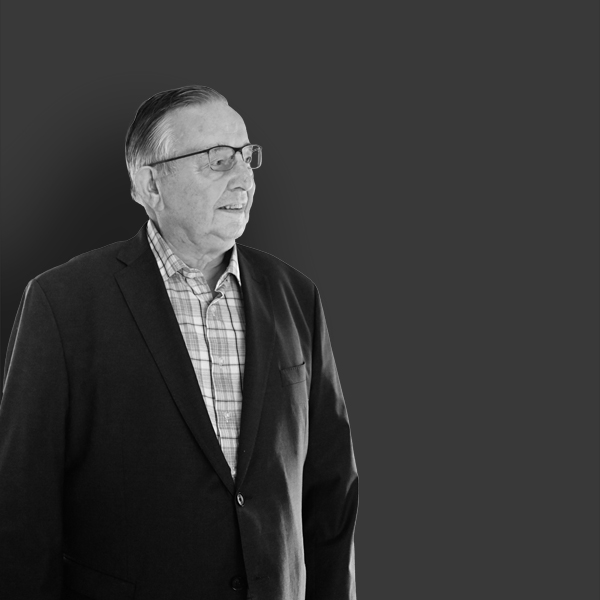Contemporary witness Hans Ebeling
For the farm, for the family

Hans Ebeling, born 23.12.1932 in Hildesheim
Everyday life in the border protection zone
German audio file – Please scroll down for the English text version
Forced resettlements
Agriculture in the border area
The turning point
Everyday life in the border protection zone
There was a 500m strip where my home village of Vockfey was, then a 5 kilometre exclusion zone, which then went back in further into the country.
The ones for 500m strips we weren’t even allowed to come home at night, we had to come home in the evening before dark, and at sunrise in the morning, that was also hard for our children when they were sometime, they couldn’t even come home.
That’s what happened to us once, we went to a wedding in the summer, we came home at 5 in the morning, it was already daylight, but the sun hadn’t risen yet.
Then we had to stop in front of the village and the guards until the sun came up and we were finally allowed to go home.
I met my wife here in Konau and when I brought her home from the dance, I cycled from Darchau to Vockfey through the field.
You weren’t really allowed to do that, we were only allowed to drive in on the main roads where there were barriers.
Then one also shot once and came towards me as if I were a criminal, but much as I said we did not hit and although also shot into the air.
Forced resettlements
I took the horses to the blacksmith in the morning and wanted to have them shod.
And halfway from Vockfey to Stapel I met our neighbour and she told me in tears that they had to leave Vockfey within this short time.
They had been ??? and had taken money from the bank.
The bank was not allowed to pay out any more money to them, but the bank employee had postdated it to that day and so he had given everyone money, so the people who worked there also made an effort to make it so that they could still get money.
Agriculture in the border area
Behind the dyke, only those with a green pass with a red line were allowed to enter.
This had to be submitted on a list, it was controlled even more and only married people were allowed to go there, single people were not allowed at all, because they were afraid that they would run away.
And then, if we wanted to farm it at all, at first we had that again, but it didn’t work at all, then it had to be registered with the border command 14 days in advance and on the day it was then, someone came (there were gates everywhere) and unlocked it and then when we wanted to harvest, make hay or silage. The harvest was then done under guard.
Sometimes you couldn’t even get through the gate with the machines because there was supposedly a border violation and then we could go home again without doing anything.
So it was not so easy to farm behind the dyke.
The turning point
When it was reported on television, we didn’t know what to say. I couldn’t believe that it was happening at all.
Of course – it was already crumbling a bit more – they were already trying to say a bit more.
At the time of the fall of communism, there were demonstrations everywhere in the cities. In Stapel, there was a big event in the church on Reformation Day on 30 October. There I also complained that many things could have been different:
The fence could have already been removed, the LBGs could have operated more freely and all that. But after all, we knew afterwards that there were Stasi informers around the church.
When the fence came down, we dismantled the fence ourselves, and I still have pictures of that.
At first it was all locked up and my youngest daughter, who was born in 1967, had never been behind the dyke until then.
At the time of the fall of the Wall in 1989, my granddaughter had just been born and my daughter wanted to cross the dyke with the pram, so her son-in-law simply sawed open the gate. She crossed the Elbe for the first time and when she came back, both gates were open.